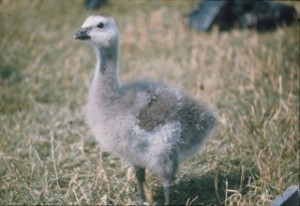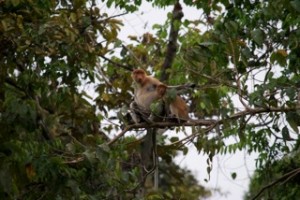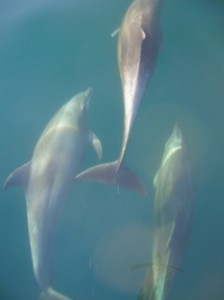 One of the presents I got at Christmas was a Jonathan Franzen novel ‘Freedom’. It was the literary equivalent of a highly addictive drug and I couldn’t leave it alone. It’s a brick of a book, heavy enough to hold open a well sprung fire door, but I finished it in four bites. Apart from the deep, obsessive joy of such a totally immersive reading experience, there was something more in the book that has stuck with me, almost a month after finishing it.
One of the presents I got at Christmas was a Jonathan Franzen novel ‘Freedom’. It was the literary equivalent of a highly addictive drug and I couldn’t leave it alone. It’s a brick of a book, heavy enough to hold open a well sprung fire door, but I finished it in four bites. Apart from the deep, obsessive joy of such a totally immersive reading experience, there was something more in the book that has stuck with me, almost a month after finishing it.
One of the principal characters is deeply involved in conservation and there is a passage about migrant birds returning to their Summer habitats in North America, to find they’ve been concreted over, or degraded with human rubbish. It wasn’t just that it was beautifully written – Franzen writes like a dream (‘illuminates through the steady radiance of the author’s profound moral intelligence’ as the New York Times put it) – but it was the way that it presented these small tragedies. Without being in the least bit anthropomorphic, Franzen implied the individuality of the birds’ lives, their self hood, each one as much the centre of its own universe, as each of our human consciousnesses stands at the centre of ours.
Humans tend to have two modes of thinking about animal lives: either as projections of our own experience – animals as little humans – or as statistical generalities, individual animals merely archetypes for a whole species. I’ve long found the first repulsive and have ranted about the moronic anthropomorphism in films and books. But as a scientifically trained zoologist, I’ve often subscribed to the second. But long term studies of animals in the wild, such as Jane Goodall’s work on chimps, Bernd Heirich’s work on ravens and my friends Hal Whitehead and Shane Gero’s work on Sperm whales, show animals as individuals, with more going on inside their heads that we might find comfortable.
I’m being reminded of this now as I’m researching a non fiction picture book about lions and reading about the differences in behaviour between the male lions in a pride. The individual as archetype predicts that a lion should behave like a calculator – always totting up the genes to be passed to the next generation. But individuals don’t see the big picture, the picture created in retrospect by the outcome of natural selection; they mess up. So instead of maintaining the boundaries of his territory, one lion slipped over the border to mate with two females with no pride affiliations. Good strategy at the time – more cubs for sure- but actually jeopardized the survival of his other cubs with pride females as an un maintained territorial boundary leaves young cubs open to infanticide by other males.
I’m acutely aware that when I write a book about a single species – as I often have – what I present is the archetype. If I write about an individual whose behaviour is at the tail of the normal distribution curve am I giving my readers the wrong information? But if I don’t am I giving them an impression of an ‘average’, which isn’t going to engage their hearts and minds?
 What I felt, when I read Franzen’s understated, but poignant, description of a tiny migrant bird, returning to find its home destroyed, was a desire to find a new way of writing about animal lives. Not anthropomorphic, but with the ability to convey the importance, the emotional weight of each life and to connect that to our human experience of our own lives. What I want is to make human beings feel a connection with the natural world, and all that’s in it, as sharply and even as painfully as they feel events in their own lives. I suspect my only route to this goal is through fiction, through taking the extreme tail ends of normal distributions of behaviour and awareness, and extrapolating, to bring two characters – one human and one not – into a relationship that cuts every reader straight through the heart.
What I felt, when I read Franzen’s understated, but poignant, description of a tiny migrant bird, returning to find its home destroyed, was a desire to find a new way of writing about animal lives. Not anthropomorphic, but with the ability to convey the importance, the emotional weight of each life and to connect that to our human experience of our own lives. What I want is to make human beings feel a connection with the natural world, and all that’s in it, as sharply and even as painfully as they feel events in their own lives. I suspect my only route to this goal is through fiction, through taking the extreme tail ends of normal distributions of behaviour and awareness, and extrapolating, to bring two characters – one human and one not – into a relationship that cuts every reader straight through the heart.
I’ve started this process in the books I wrote last year, in Whale Boy, and Elephant Road, Manatee Baby and Walking the Bear but I want to hit harder, have a bigger punch. How am I going to do this, exactly? I don’t know. I suspect finding out is going to take the rest of my life.
